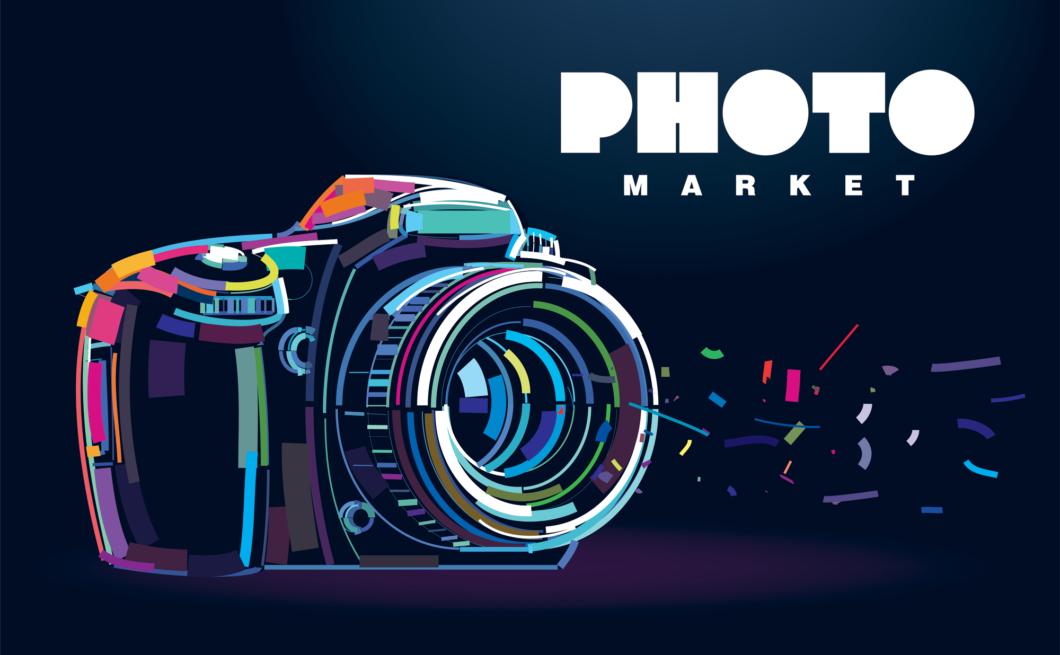01.30.21
Stock Photos and Shutterstock — Is it Worth It?

Pictures have become an essential way of capturing a moment in today’s society. Cell phones all try to boast the best camera, and social media apps now provide built-in photo editing. It’s so easy now to capture and upload beautiful, unique photos online. Even so, when you are building a website or creating content, it can be tempting to use stock photos if you aren’t a professional photographer. But whey they come at a cost, are stock photos worth it?
When posting images online that reflect your brand or business, you want them to be clear, high resolution, and relevant to your industry. As accessible as taking pictures has become, it’s important to decide whether to use original or stock photos. If you do decide to use stock photos, you’ll also want to choose where you are sourcing them from.
Now, let’s dive into the world of stock photography and one of the most popular stock photo agencies, Shutterstock.
Should You Use Stock Photos in Content?
Not all photos come in the same shape, size, or image quality, which is why people turn to stock photos. Stock photos are images or visual content that people can buy or license from an agency for commercial or creative use. We’re not all professional photographers, and that’s why stock photos are a go-to resource from web content. Instead of paying for a photo shoot, you can just pay to use the photo. It’s that simple.
So how do stock photos work? An artist or photographer will upload an image online and license its use to a stock photo agency. Once it has been submitted, the agency will split a portion of the revenue with the photographer every time it’s used. This is an easy way for photographers to not only have their work seen widely but for them to get paid for their work.
The most common images that are used for stock photography are travel destinations, animals, food, and people. Have you ever come across an image online you swore you’ve seen before, but you just can’t place where? Good chances are it is probably a stock photo.
Types of Stock Photos
People usually purchase stock photos from three main categories. You’ve probably heard some of these mentioned before in relation to image use, but let’s break down the definitions of each category.
- Royalty-free image. If a user purchases a royalty-free image, they are given permission to use it as many times as they would like. Basically, it means when using a royalty-free image, there is no exclusivity. Come one, come all.
- Rights-managed image. These photos are meant for competitive users who don’t want to share the image with other people. A rights-managed image could vary in price because of size, market value, exclusivity rights, and usage.
- Public domain image. A public domain image is great if you are looking for free stock photos that are available for anyone to use without buying a license.
With so many different types of images to choose from, you may be wondering what are the pros and cons to using a stock image. We have you covered.
There are many advantages and disadvantages to using a stock image, but at the end of the day it comes down to your brand goals, budget, and long-term goals for your content. Here are a few pros and cons of using stock images on a website.
Pros
- Stock images are readily accessible and can save you time from hiring a photographer.
- Depending on the license, you can reuse them as often as you need.
- There are thousands of options to fit your unique industry or niche.
- Stock photo agencies have monthly subscription services that can meet your budget.
- You’ll have use of professional photos that can be used widely across your business.
Cons
- You don’t have the creative ability to change the image.
- The same photo could be used across competitor websites.
- Your audience may not connect to your brand because they view the photos as inauthentic.
- If you purchase the wrong license, you could be in violation of the image rights.
- Costs can add up quickly.
These are just a few of the pros and cons of using stock images, but you should evaluate each based on your overall website goals. Stock photos can be used for marketing, website content, editorial work…you get the picture. The accessibility and versatility of using stock images make them a quick resource for your website, but you also have to factor in where you are sourcing them from. They can vary in pricing based on the agency or subscription service. Shutterstock is one of the leading stock image agencies in the world, and we’re going to discuss why it has become the go-to resource for stock images.

Should You Pay for Shutterstock?
Shutterstock is a New York-based company founded in 2003 by Jon Oringer. Shutterstock emerged as one of the leading stock image agencies, where they currently boast over 1 million images, music tracks, and video clips available for download. They have 1 million contributors from around the world and a global customer base. As one of the original creators of stock photo subscriptions, they have continued to sell royalty-free licenses to customers everywhere.
Shutterstock keeps it simple for customers by providing a variety of subscription packs for users to choose from. Based on the number of images the consumer wants to use per month, their pricing model gives you different options as you scale up. The offerings are also varied by single or multiple users, which makes it a very affordable option for businesses who have team members needing access to images. The majority of the licenses are royalty-free images which makes them flexible, affordably priced, and vetted for quality by Shutterstock.
Why You Should Use Shutterstock
Why do so many people use Shutterstock? Because of the variety of images, affordable options, and royalty-free selections in almost every category imaginable. Shutterstock makes using stock images easy and convenient. As the company has grown in scale and size, they have curated stock images specifically geared toward business needs with their Shutterstock Premier and Studio options, which help create unique content for your individual business needs.
In addition to the monthly subscription service, customers also have an array of tools that can help benefit their website content. Shutterstock features a multitude of products that puts control and customization into the customer’s hands whether they are working with their photo editor or installing photos directly from their mobile app. Their library of content spans several topics, including video, coupons, editorial, and music. They truly encompass all the aspects of using a stock image by giving their customers millions of options and by taking the worry out of licensing rights.
The Verdict
Visuals are a driving factor of our online footprint whether you’re a blogger, business professional, or influencer. Having high-quality images that accurately represent your brand is vital. Good imagery turns content into conversions and connects your audience with your brand. Stock photos take the guesswork out of finding a photographer, but they do have some drawbacks. When overused, stock photos come across as synthetic.
Even with thousands of options to choose from online, using a stale photo can drive people away. Customers want to understand who you are and what products/services you offer. And that doesn’t always resonate in a stock image. This is where stock image agencies like Shutterstock come in to help you customize and curate an image so it can authentically represent your business.
It’s completely okay to mix and match stock photos with original content, or even edit them to be more user-friendly. You want as many benefits as possible in exchange for the monthly subscription cost, so do your research and pick an agency that will benefit you in the long run.